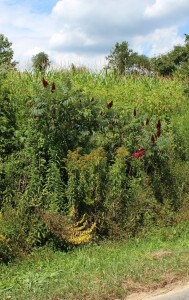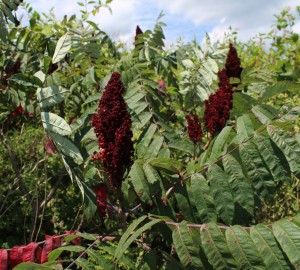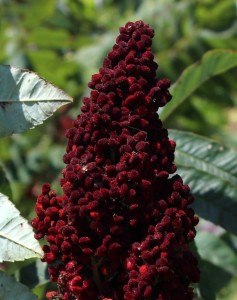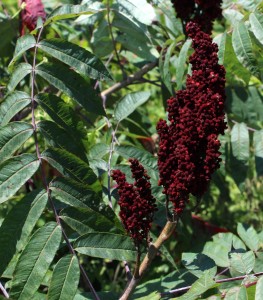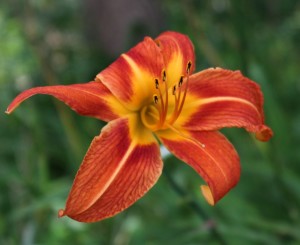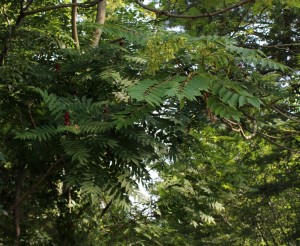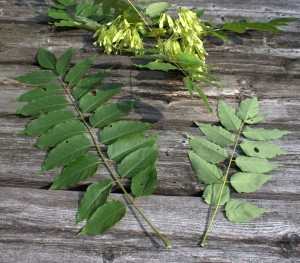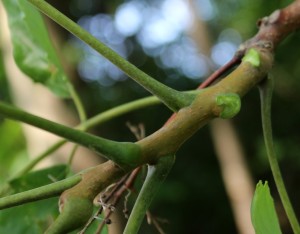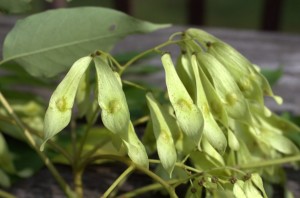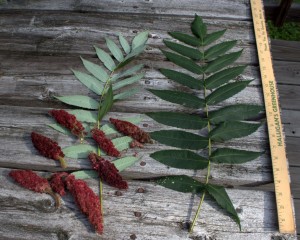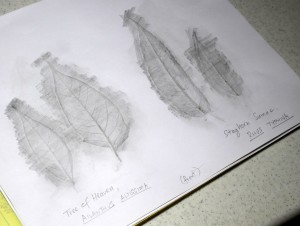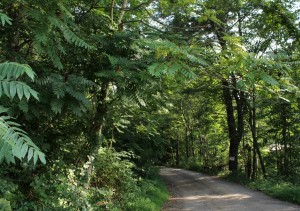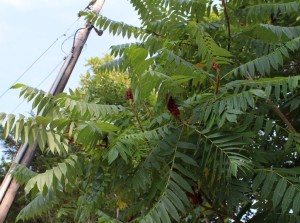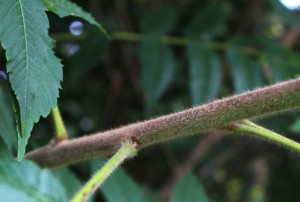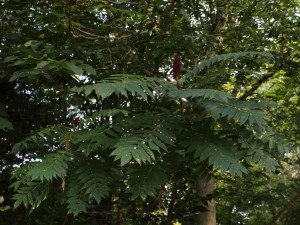Welcome back to Flower Poetry Fridays with Mrs. Sigourney. Each Friday a new poem will be posted from her The Voice Of Flowers.
PLANTING FLOWERS ON THE
GRAVE OF PARENTS.I’VE set the flow’rets where ye sleep,
Father and mother dear ;
Their roots are in the mould so deep,
Their bosoms hide a tear ;
The chrystal of the dewy morn
Their trembling casket fills,
Mixed with that tear-drop from the heart,
Which filial love distils.Above thy pillow, mother dear,
I’ve placed thy favorite flower—
The bright-eyed purple violet,
That deck’d thy summer bower;
The fragrant chamomile, that spreads
Its leaflets fresh and green,
And richly broiders every niche
The velvet turf between.I kissed the tender violet,
That droop’d its stranger head,
And called it blessed, thus to grow
So near my precious dead,
And when my venturous path shall lead
Across the deep blue sea,
I bade it in its beauty rise
And guard that spot for me.There was no other child, my dead !
This sacred task to share ;
Mother ! no nursling babe beside,
E’er claim’d thy tenderest care.
And father ! that endearing name,
No other lips than mine
E’er breathed to prompt thy hallow’d prayer
At morn or eve’s decline.Pluck not those flowers, thou idle child,
Pluck not the flowers that wave
In sweet and simple sanctity
Around this humble grave,
Lest guardian angels from the skies,
That watch amid the gloom,
Should dart reproachful ire on those
Who desecrate the tomb.Oh, kindly spare my plants to tear,
Ye groups that wander nigh,
When summer sunsets fire with gold
The glorious western sky :
So when you slumber in the dust,
Where now your footsteps tread,
May griev’d affection train the rose
Above your lowly bed.
Planting flowers on a loved one’s grave is a sad event. It is done here with the thoughts of an only child.
As the only child she pleads for other children not to pick the flowers for they were planted with a higher purpose.
The planted flowers act like guardian angels from above in the hope of resurrection and in a show of deep affection.
Come back next Friday for the next installment in our series of flower poems from Mrs. Sigourney’s The Voice of Flowers, “Alpine Flowers”.
